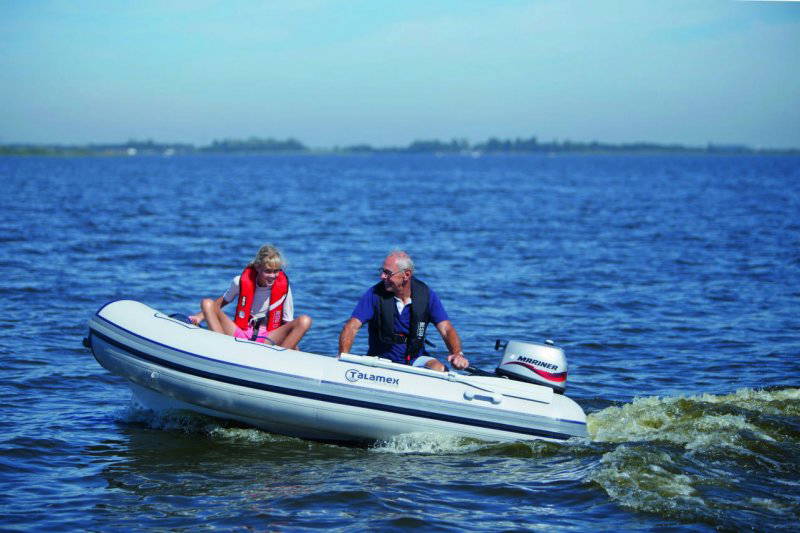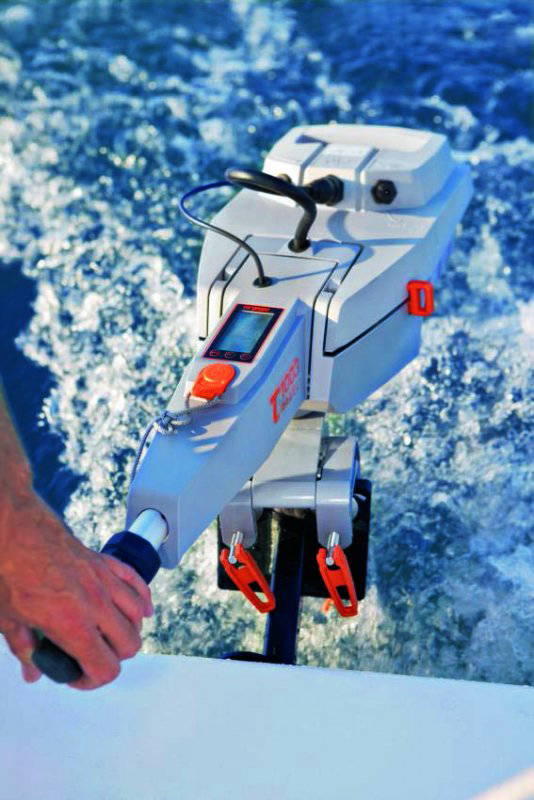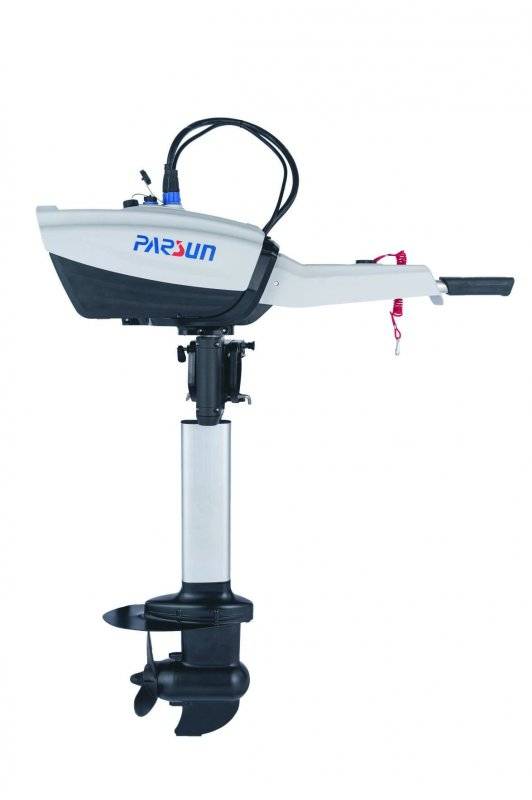
HOW TO FIND THE RIGHT OUTBOARD MOTOR
The sun is shining in your face as you cruise your boat through the sparkling water. As you start the engine and the boat slowly pulls away from the jetty, you suddenly feel a jerk and the boat stalls. The engine has failed. And now what?
This is exactly where the outboard motor comes into play - because it will get your boat running again in no time. Whether for a quick ride over the waves or for relaxing hours on the water: the outboard motor is one of the most important companions of every boat lover. But what questions should you ask yourself before buying and what should you look out for? All the answers can be found in the following article.
Boat length
Outboard shaft lengths play a crucial role.
Short-shaft outboards are most suitable for boats up to about 4.5 metres in length, such as dinghies and faster motorboats.
On the other hand, long-shaft outboards are particularly recommended for boats over 4.5 metres in length.
Boat type
Do you own a flat boat with a flat stern? Then a short-shaft outboard motor is suitable. However, if your boat has a higher side or a deep stern, you should go for a long-shaft outboard motor. You also have to take into account whether the engine is pulled out of the water by the wave at the stern, as is the case with a sailboat, for example. In this case, a long-shaft outboard motor is also suitable.

Inflatable boat
Short-shaft outboard engines are usually best suited for inflatable boats, as they are very light and handy. A 4-stroke engine with a power of about 5-10 hp is often already sufficient.

Sport boats
Sport boats usually require more powerful outboard motors than inflatable boats. A long-shaft outboard motor with an output of 50 to 200 hp is the usual choice. However, the power output differs depending on the size of the boat and its intended use.

Sailboat
Sailing boats do not usually need a powerful engine, as they are mainly driven by wind. An outboard motor here acts more as a support in difficult wind conditions or when manoeuvring in the harbour. A long-shaft outboard motor with a power of about 5-15 hp is recommended here.

What to look for in 2-stroke and 4-stroke outboard engines?
In addition to choosing the right outboard engines, you should pay attention to what fuel and engine oil you need. 2-stroke engines usually need a mixture of petrol and oil, while 4-stroke engines only need petrol.
In addition, 2-stroke engines need a special two-stroke oil, which is usually mixed with the petrol. For 4-stroke engines, a separate engine oil is recommended, which is usually filled into the engine's oil tank. Regular maintenance is required for both engines to ensure optimum performance and long life.
Frequently asked questions - FAQs
What is an outboard motor?
An outboard motor is a marine engine that is mounted outside the boat and provides propulsion.
How deep does an outboard have to be in the water?
The exact immersion depth of the outboard depends on various factors such as the length of the boat, the weight of the boat or engine and the sea conditions. As a rule of thumb, however, the propeller should be submerged at least to the lower edge of the boat's hull to ensure optimum performance and manoeuvrability.



























